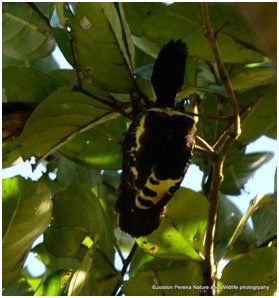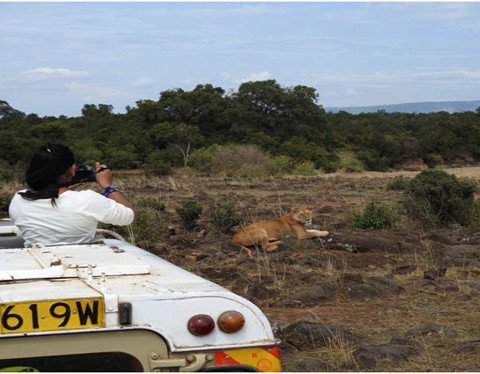The Heart spotted woodpecker, now that’s quite a name for a bird isn’t it. Perhaps the first time you see this bird and describe it to someone, they will look you in the face and ask you if you are in your senses. But this truly is one bird that needs to be seen, like they say- seeing is believing.
I had always read about this bird in field guides and only seen photos of it before and had always wanted a chance to spot this beauty. Well, I got my chance at Mudumalai. It was a sunny day and the camp counselors had just returned from a bird-watching trail with the kids.
I went in to have a shower just before lunch and just as I was steeping out, I saw not one but two of these amazing beauties come and settle on the tree behind the dining hall. We were all awe struck with the sheer beauty of this bird and its pattern from which it gets its name. All the camp counselors and the kids ran around frantically looking for binoculars, bird books, cameras, mobile phones and what not, just to get a photo and see what this lovely bird looks like. The kids were completely enthralled by the pattern on the bird and some even wanted to take I home. Truly this bird does justice to its name. 
The Heart-spotted woodpecker (Hemicircus canente)
Like all other woodpeckers these birds too have stout beaks to chip away at the tree and create cavities as well as search for food. The first and second vertebrae in these birds, i.e. the atlas and the axis are fused together to support the head while the tongue wraps around the brain to avoid any injury or concussions while it bangs away at the tree.
These birds can be found in moist deciduous, bamboo, teak and coffee plantations perching sideways on branches like a sparrow. These birds are quite vocal and although they are quite small when compared to their cousins, what they lack in size, the make up for in terms of beauty. The spots on the back are distinctive and can be seen especially when it is feeding or drilling a hole into a tree.

The Heart spotted woodpecker showing its three hearts
So, the next time you’re at camp in Mudumalai, take a walk near the trees behind the dining hall. Who knows, if you’re lucky you may get an amazing sighting of this lovely bird. And if you have lost your heart, well you can always find it in the jungle and on this bird.
Author: Joiston Perira – A Naturalist with passion for conserving wildlife and natural habitat, he recently revived the annual bird survey / census at various water bodies / lakes of Bangalore.
0
